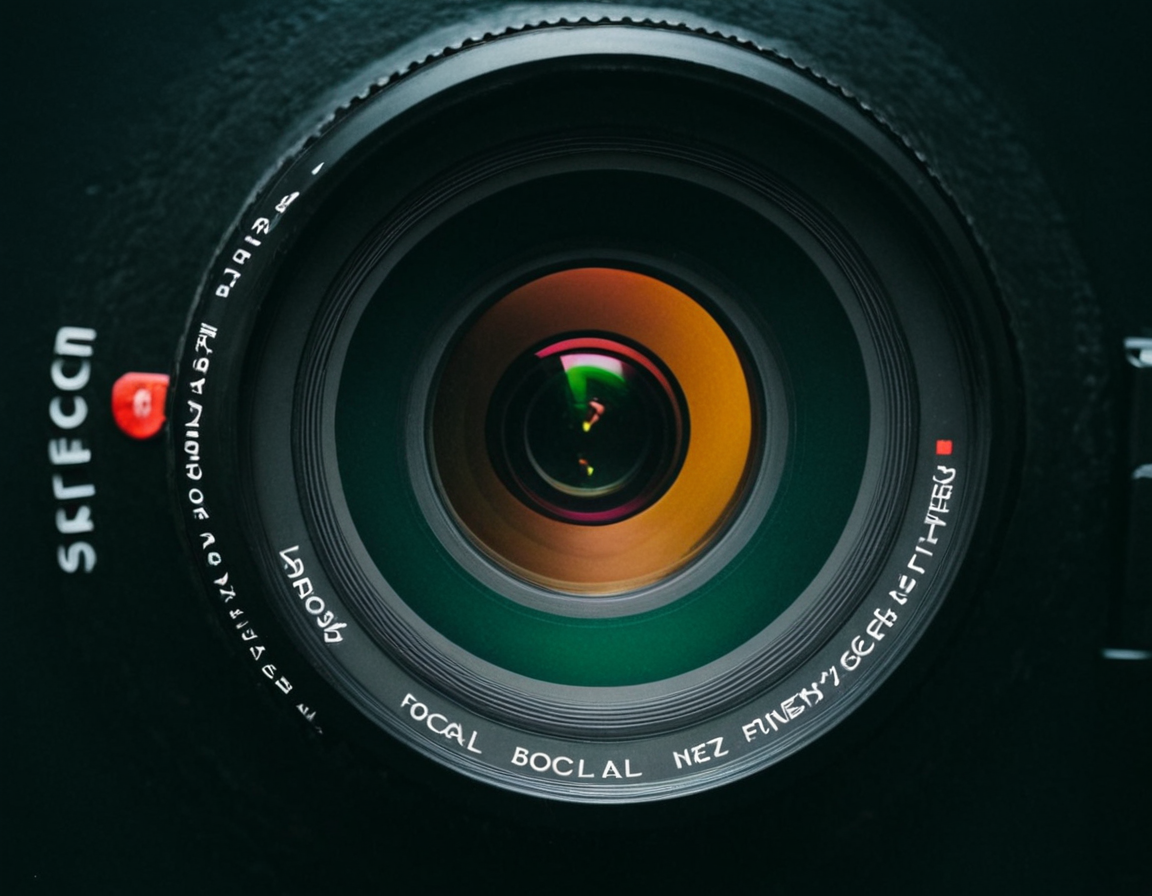Focal Length Frenzy Unveiled

Focal Length Frenzy: How Selecting the Right Lens Can Make or Break Your Bokeh Shot
In the world of photography, achieving a desired aesthetic is often a matter of trial and error. One aspect that can make or break an image is the bokeh – that beautiful, creamy blur effect created by a lens’s aperture. However, understanding the intricacies of focal length and how it affects this is crucial to producing stunning results.
The Bokeh Enigma
Bokeh refers to the aesthetic quality of out-of-focus areas in a photograph. A good bokeh is often considered an essential element of a captivating image, as it draws the viewer’s attention to the subject while subtly separating it from the background. However, creating this desired effect requires more than just pointing and shooting.
The focal length of your lens plays a pivotal role in shaping the final outcome. Different focal lengths produce distinct bokeh characteristics, and choosing the wrong one can result in an image that falls short of expectations.
Focal Length Fundamentals
To grasp the impact of focal length on bokeh, we must first understand what it does: how it controls light and depth of field. A lens with a shorter focal length (i.e., 24mm or wider) will generally produce a more pronounced background blur compared to a longer focal length (i.e., 200mm or longer). This is because the angle of view is wider, allowing less light to enter the camera.
Conversely, a longer focal length results in a shallower depth of field, making it more suitable for isolating subjects from their surroundings. However, this also means that the background may become too sharp or even distracting if not managed correctly.
Lens Selection: The Key to Unlocking Bokeh Potential
Selecting the right lens is an art form in itself, and it often comes down to trial and error. However, there are certain focal lengths that are more conducive to creating stunning bokeh shots than others.
For instance, a 50mm or 85mm prime lens is often considered ideal for portraits, as they provide a flattering perspective while also allowing for beautiful background blur effects. On the other hand, a 24mm or 35mm wide-angle lens may not be the best choice if you’re aiming to create a bokeh-heavy image.
Practical Examples
- Using a 50mm f/1.4 prime lens on a full-frame camera can produce beautiful, creamy bokeh effects that add depth and context to your images.
- A 24-70mm zoom lens is versatile but may not provide the same level of background blur as a prime lens due to its wider aperture range.
Conclusion: Unlocking Your Bokeh Potential
Choosing the right focal length can significantly impact the final outcome of your photographs. By understanding the intricacies of bokeh and how different lenses interact with light, you’ll be better equipped to create stunning images that captivate your audience.
The key takeaway is that selecting the right lens is not just about pointing and shooting; it’s an art form that requires patience, practice, and a deep understanding of the medium. Experiment with different focal lengths, and you’ll soon realize the power that lies within the subtle nuances of light and depth of field.
About David Lopez
As a seasoned photographer and blogging expert, I help creatives refine their craft on lentecreativa.com. With a focus on practical tips & techniques, I inspire photographers to push boundaries and capture stunning images.
